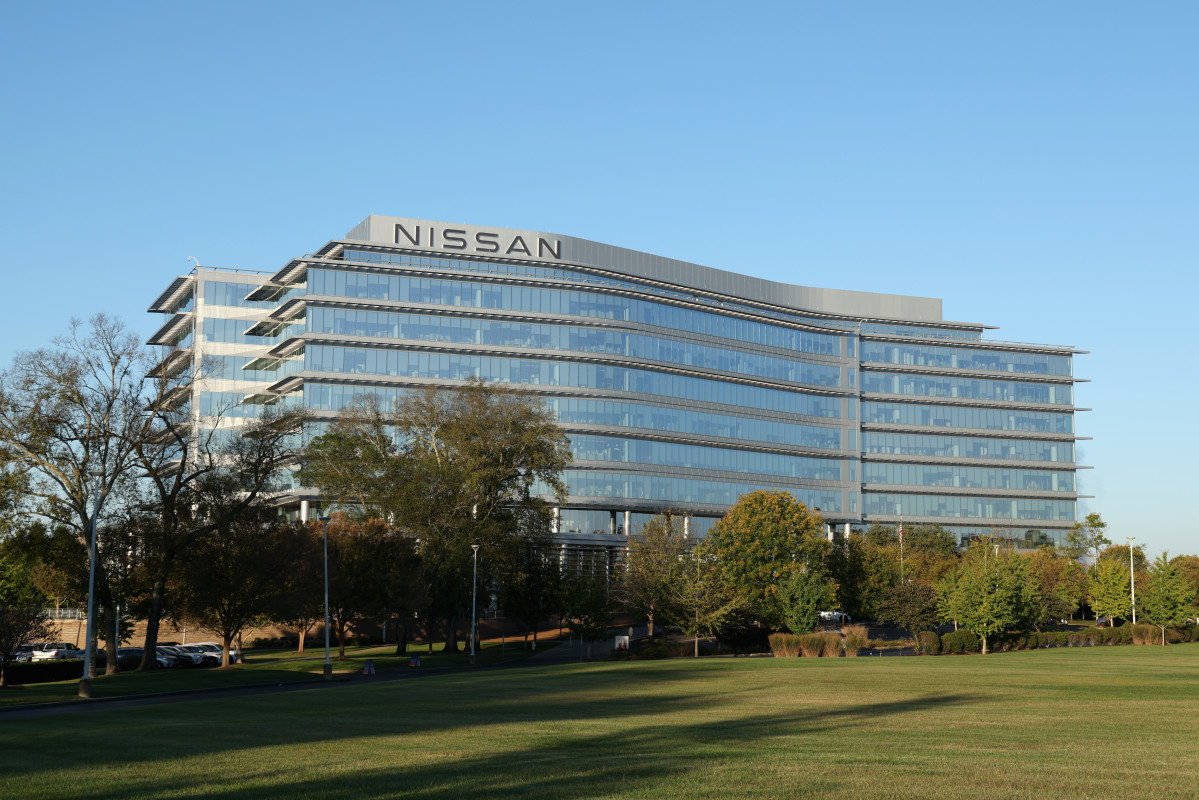
Nissan is making tough cuts to stay competitive as it battles a steep drop in global sales. On Thursday, the Japanese automaker announced a plan to eliminate 9,000 jobs and reduce its production capacity worldwide by 20%. In a significant gesture, CEO Makoto Uchida has agreed to cut his monthly pay in half.
The decision comes on the heels of a challenging six months for Nissan. Its operating profit plunged by 90% in the first half of the fiscal year, down to $214 million, reflecting major struggles in core markets of North America, China and Japan.
Scrambling to meet EV and hybrid demand
The global auto market is shifting quickly, with demand growing for electric and hybrid vehicles—particularly in China and the U.S. In China, local brands like BYD have surged ahead with affordable EVs, displacing legacy automakers. Meanwhile, U.S. consumers are increasingly interested in hybrids, which have boosted Toyota’s sales but put Nissan in a tight spot due to a lack of comparable offerings.
Makoto Uchida acknowledged Nissan’s missteps in adapting to this evolving landscape. “Our sales plan was overstretched,” he said, admitting that Nissan had been unable to adapt quickly enough to customer preferences.
Nissan’s strategy to bounce back
Nissan plans to direct resources from these cost-cutting measures toward expanding its electric and hybrid lineup. The automaker is focusing especially on bolstering its EV presence in China and increasing hybrid options for the U.S. market. Nissan will leverage its new partnership with Honda to accelerate production and lower costs.
Looking ahead, Nissan estimates a global sales target of 3.4 million vehicles by the fiscal year ending in March, a slight decrease from its previous forecast. Operating profit is expected to experience a much sharper drop of around $973 million, down from last year’s $3.7 billion.
Final thoughts
Nissan has a long way to go in correcting the missteps that brought it to its current point, but its renewed focus on consumer demand, developing hybrids for the U.S. and EVs in China, are promising signs for the automaker. Let’s hope Nissan’s leadership can manage the turnaround quickly enough to avoid even harsher cuts in the near future.

